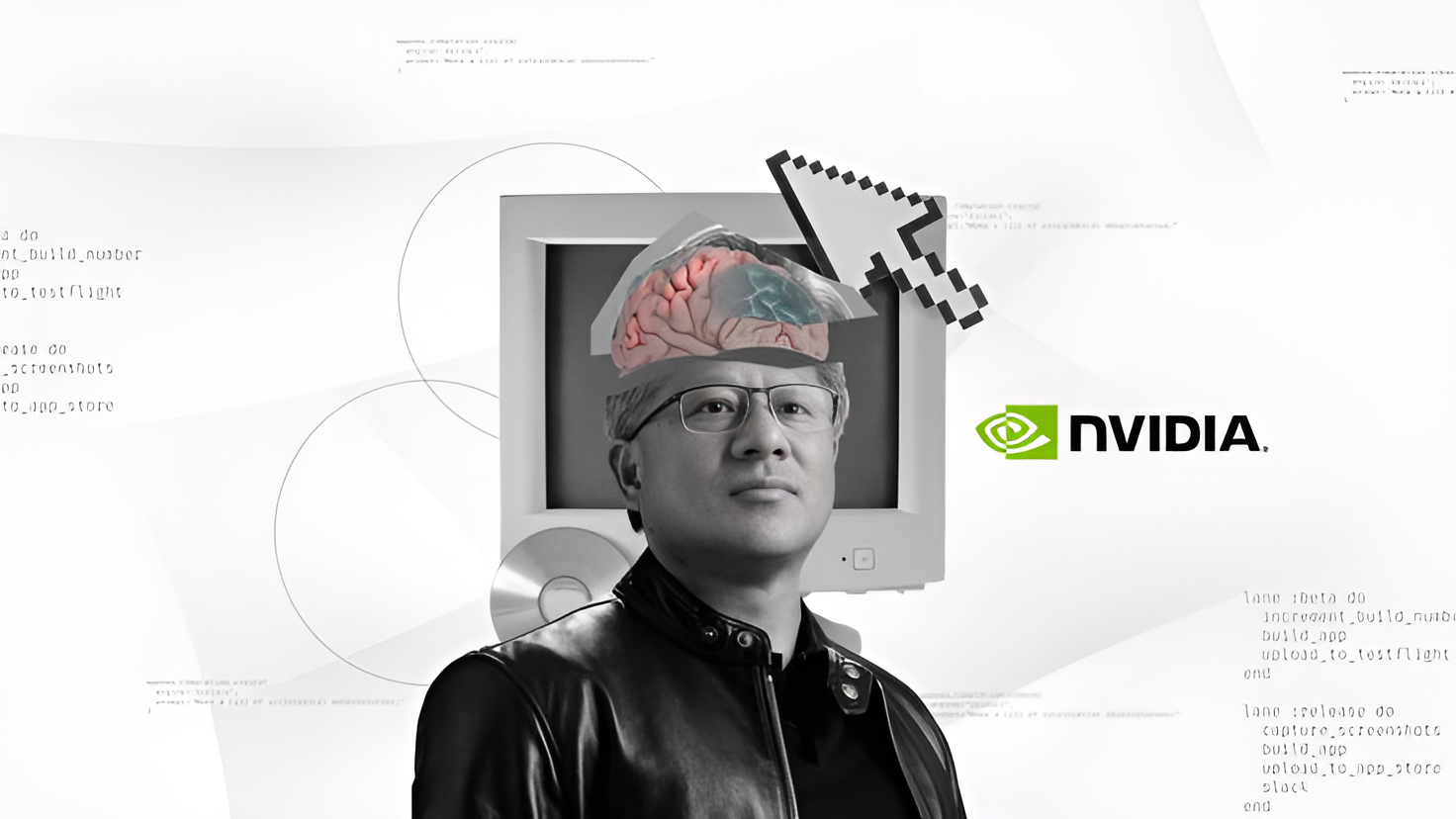Discover how geometric insights are revolutionising machine learning and data science through R programming.
In the ever-evolving field of data science, traditional statistical techniques are increasingly being complemented—and sometimes replaced—by geometry-based approaches. One of the most intriguing directions in this evolution is the integration of geometric and topological methods into machine learning workflows, particularly using R.
In this article, we explore the key concepts from The Shape of Data and unpack how geometry-based machine learning can enhance your analytical capabilities.
What Is Geometry-Based Machine Learning?
At its core, geometry-based machine learning involves representing data points as geometric objects, enabling algorithms to better understand the shape, structure, and relationships within high-dimensional datasets. Unlike traditional models, which rely on raw feature values, geometric methods focus on the distances, manifolds, and topologies underlying the data.
This shift in perspective can drastically improve:
- Pattern recognition
- Clustering
- Dimensionality reduction
- Outlier detection
Geometry provides a richer language to describe complex relationships between observations. Instead of forcing data into pre-defined models, we allow the data to reveal its intrinsic shape. This can be especially powerful in non-linear spaces where traditional techniques often fall short.
Why Use R for Geometric Data Analysis?
R has long been the go-to language for statistical analysis, and in recent years, its ecosystem has expanded to include robust libraries for geometric computation and topological data analysis (TDA). Packages such as:
TDAggplot2(for visualising geometric patterns)Rdimtoolsgeometrymlr3(integrating geometry-aware learners)
…make it possible to conduct advanced shape-aware machine learning directly within your R workflow.
R’s strengths lie in reproducibility and data visualisation, making it especially suitable for geometry-based exploratory analysis. With tidyverse principles and markdown integration, R enables seamless documentation and interactive reporting.
Key Concepts from The Shape of Data
The book introduces readers to the foundational concepts of geometry-based analysis and walks through practical applications in R. Some of the highlighted techniques include:
- Manifold learning (e.g., Isomap, t-SNE, UMAP)
- Persistent homology
- Geodesic distance-based models
- Visualisation of multidimensional topologies
What is Persistent Homology?
Persistent homology is a central tool in TDA that captures topological features at multiple spatial resolutions. It tracks how features such as connected components, holes, and voids persist across different scales. This has profound implications in noise reduction, feature extraction, and model interpretation.
For example, in medical imaging, persistent homology can identify consistent structural anomalies across scans, even if individual measurements vary. In finance, it can highlight robust patterns of systemic risk that aren't visible in short-term data spikes.
Real-World Applications
Geometry-based machine learning is especially useful in:
- Bioinformatics: Understanding protein folding or gene expression structures
- Finance: Analysing market topology to predict systemic risk
- Healthcare: Detecting anomalies in medical imaging or patient progression paths
- Social Network Analysis: Exploring community structures beyond graph theory
- Robotics and Autonomous Systems: Interpreting sensor fusion data in physical space
- Natural Language Processing: Representing semantic relationships as high-dimensional geometric manifolds
These examples demonstrate how a geometric perspective can yield insights that traditional methods might miss. The capacity to quantify shape allows for more nuanced classification, improved anomaly detection, and better decision-making under uncertainty.
Who Should Read This Book?
Whether you're a data scientist, machine learning engineer, or academic researcher, The Shape of Data provides a deep yet accessible introduction to geometry-informed machine learning in R. If you’re ready to move beyond traditional models and explore the shape-driven side of data, this book is your perfect starting point.
Students learning about manifold learning and TDA will also benefit from its practical code examples and applied perspective. It bridges the gap between pure mathematics and real-world data science projects.
Final Thoughts
In a world where data is becoming increasingly complex and multi-dimensional, understanding its shape is more important than ever. With R as your toolkit and geometry as your guide, you can uncover new patterns, improve predictions, and push the boundaries of what’s possible in data science.
The shift towards geometry-based approaches isn't just a niche movement—it represents a broader trend in modern analytics that values context, structure, and interpretability. As we move forward, data scientists who master these techniques will be better equipped to navigate messy, high-dimensional realities.
📘 Get the book here: The Shape of Data on Amazon
📌 Keywords for SEO:
geometry-based machine learning, data analysis in R, shape of data, topological data analysis R, manifold learning R, persistent homology, machine learning R book, advanced data science techniques, data visualisation R, TDA in R, high dimensional data R, geodesic machine learning, shape-driven data science, R language TDA





















Discussion